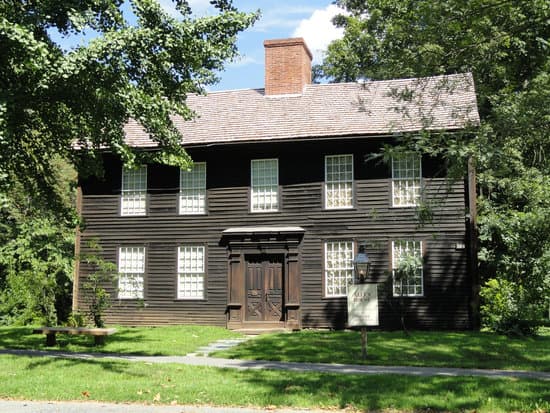Introduction to Wind Energy and Wind Turbines
Wind energy is a renewable energy source that has become increasingly popular all around the world. It is generated by the movement of air around the earth, caused by variations in temperature and pressure. Wind turbines are the main equipment used to harness this energy, converting the kinetic energy of the wind into electrical power that can be used to run homes and businesses.Understanding Wind Speed and its Relationship with Electricity Generation
Wind speed is the critical factor that determines the amount of electricity a wind turbine can generate. As wind speed increases, the ability of the turbine to produce electricity also improves. However, if the speed of the wind is too low, the turbine may not be able to produce any power at all. In general, wind turbines require an initial wind speed of at least 12-14 km/h before they can turn and start generating electricity.Minimum Wind Speed Required for Wind Turbines to Operate and Generate Electricity
The minimum wind speed necessary for a wind turbine to operate and generate electricity is known as the cut-in speed. This minimum speed is generally considered to be around 7-10 miles per hour (12-14 km/h). Below this speed, most wind turbines are unable to turn their blades and generate electricity. However, it is important to note that this minimum speed can vary depending on the type of wind turbine and its design. Some turbines are designed to operate at lower wind speeds than others, while some may require higher wind speeds to start generating power.The Role of Wind Speed in Maximizing Electricity Production from Wind Turbines
While the cut-in speed is important, it is also crucial to understand that higher wind speeds are necessary to achieve maximum electricity production from wind turbines. The rated speed is the wind speed at which a wind turbine produces its maximum rated power output. This rated speed is typically between 50-60 kilometers/hour for most wind turbines. If the wind speed is lower than the rated speed, the turbine will not generate as much power as it is capable of producing. If the wind speed is too high, however, the turbine may need to shut down to avoid damage from excessive force on the blades.Factors Affecting Wind Speed and Electricity Generation
Several factors can affect wind speed and electricity generation, including the following:- Height above sea level
- Terrain and topography
- Obstacles such as trees, buildings, and hills
- Temperature and air pressure
- Seasons and weather patterns





















